Ruben S. van Bergen
Object-based active inference
Sep 02, 2022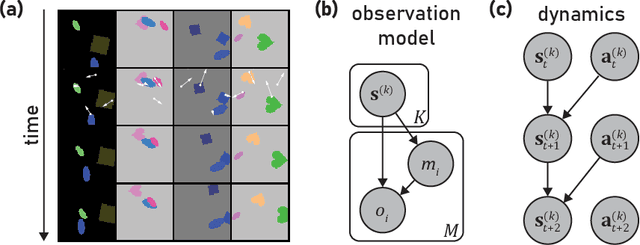

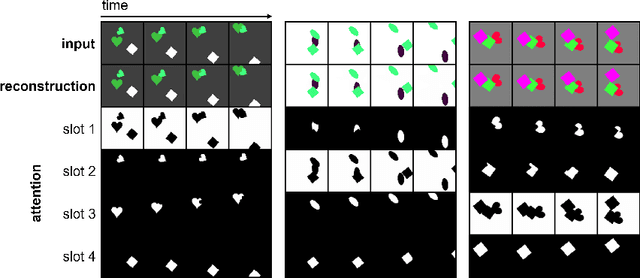
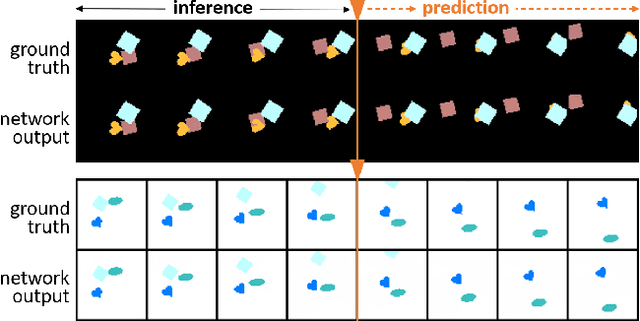
Abstract:The world consists of objects: distinct entities possessing independent properties and dynamics. For agents to interact with the world intelligently, they must translate sensory inputs into the bound-together features that describe each object. These object-based representations form a natural basis for planning behavior. Active inference (AIF) is an influential unifying account of perception and action, but existing AIF models have not leveraged this important inductive bias. To remedy this, we introduce 'object-based active inference' (OBAI), marrying AIF with recent deep object-based neural networks. OBAI represents distinct objects with separate variational beliefs, and uses selective attention to route inputs to their corresponding object slots. Object representations are endowed with independent action-based dynamics. The dynamics and generative model are learned from experience with a simple environment (active multi-dSprites). We show that OBAI learns to correctly segment the action-perturbed objects from video input, and to manipulate these objects towards arbitrary goals.
Going in circles is the way forward: the role of recurrence in visual inference
Mar 26, 2020

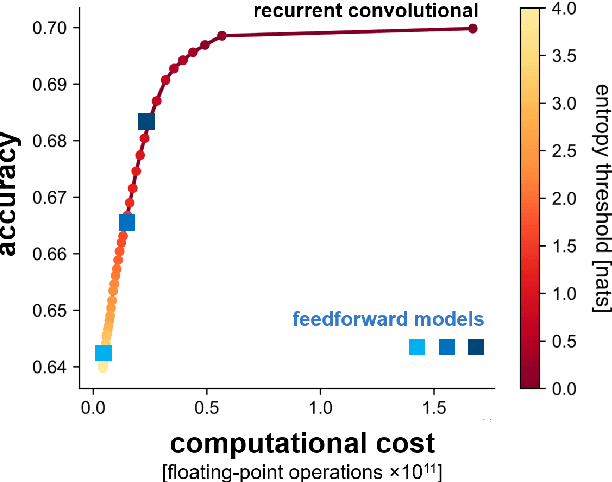
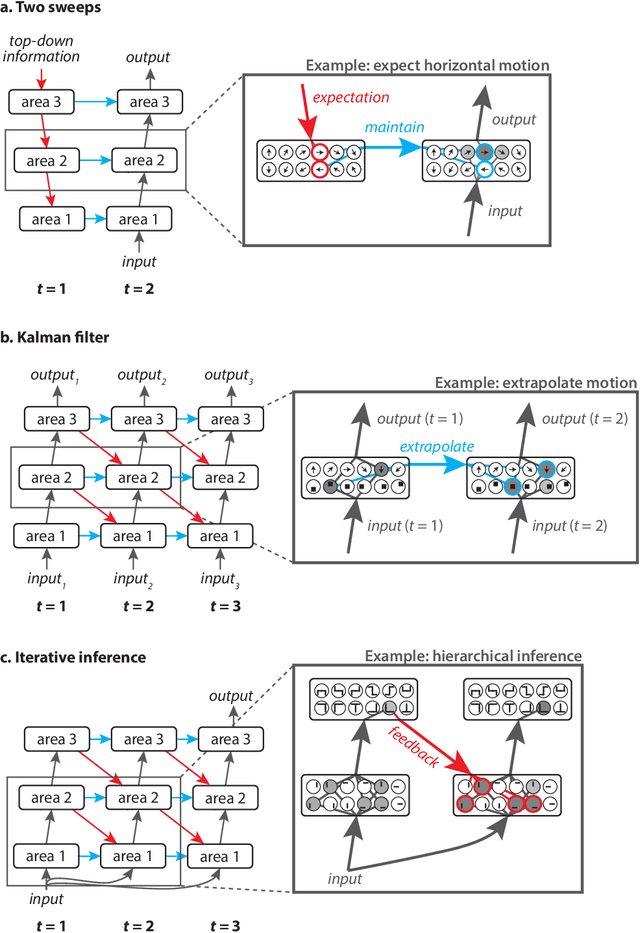
Abstract:Biological visual systems exhibit abundant recurrent connectivity. State-of-the-art neural network models for visual recognition, by contrast, rely heavily or exclusively on feedforward computation. Any finite-time recurrent neural network (RNN) can be unrolled along time to yield an equivalent feedforward neural network (FNN). This important insight suggests that computational neuroscientists may not need to engage recurrent computation, and that computer-vision engineers may be limiting themselves to a special case of FNN if they build recurrent models. Here we argue, to the contrary, that FNNs are a special case of RNNs and that computational neuroscientists and engineers should engage recurrence to understand how brains and machines can (1) achieve greater and more flexible computational depth, (2) compress complex computations into limited hardware, (3) integrate priors and priorities into visual inference through expectation and attention, (4) exploit sequential dependencies in their data for better inference and prediction, and (5) leverage the power of iterative computation.
 Add to Chrome
Add to Chrome Add to Firefox
Add to Firefox Add to Edge
Add to Edge